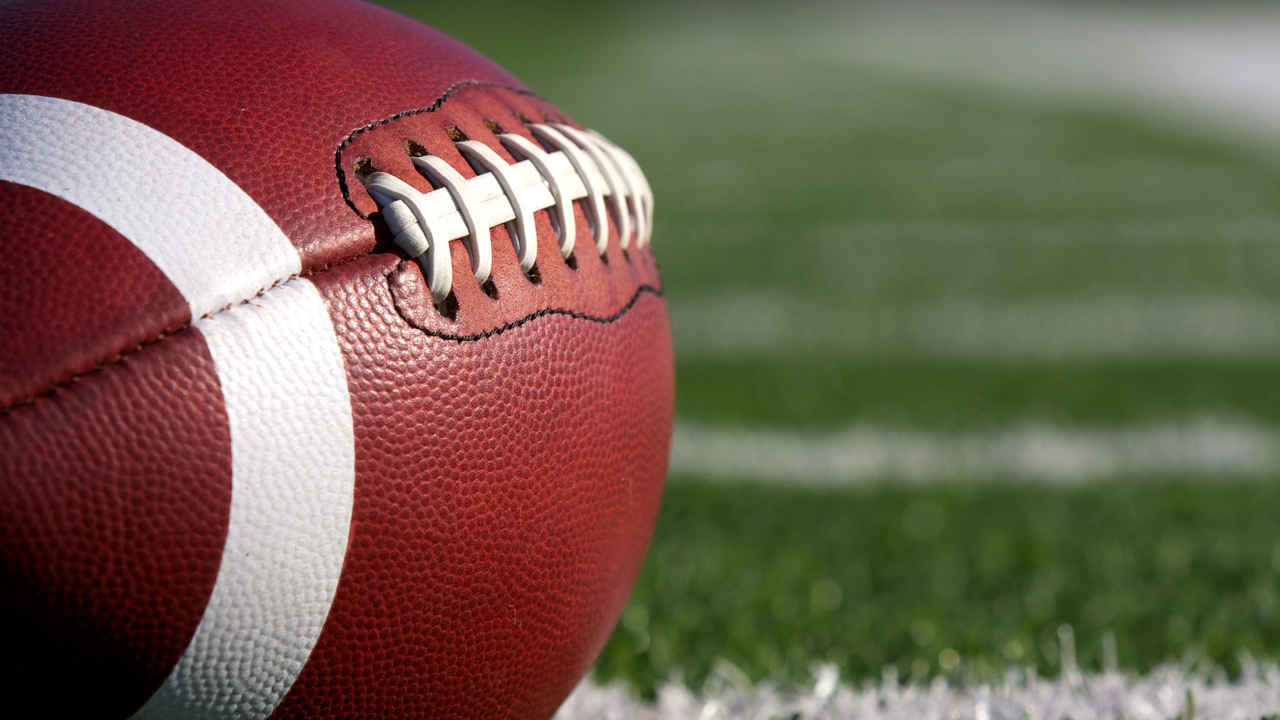Cross‑Sport Application: Using Rugby Skills in Other Games
Ever wonder why a rugby player can jump straight into American football or even basketball without missing a beat? It’s because rugby builds a mix of strength, speed, and game sense that works in many sports. Below you’ll see why, real examples, and simple ways to train across sports.
Why rugby makes great cross‑training
Rugby forces you to run hard, tackle, and think fast. Those bursts of sprinting improve your cardio, while the contact drills boost core power and balance. The sport also teaches you to read the field, anticipate opponent moves, and support teammates. All of that translates to better footwork in soccer, smarter positioning in basketball, and quicker reaction times in any fast‑paced game.
Real‑world examples of rugby athletes switching sports
Take Hayden Smith and Jarryd Hayne – both started in rugby, then tried the NFL. Smith switched from the USA’s rugby sevens team to the New York Giants, using his size and tackling skills on a new field. Hayne, a star in Australia’s NRL, made the leap to the San Francisco 49ers, showing that a rugby background can give you the physical edge a football coach wants.
These stories aren’t unique. Many colleges use rugby players as rugby‑style linebackers in football drills because they already know how to wrap up a ball carrier and stay low under pressure. The same goes for rugby players who join rowing teams – the explosive leg power and endurance are a perfect match.
If you’re a rugby fan trying to broaden your athletic resume, start by picking a sport that shares similar movement patterns. For instance, rugby’s tackling is a lot like football’s tackling, so practicing proper form on the grass can cut down injury risk when you step onto a football field.
Another easy swap is rugby’s line‑out jumps for basketball rebounding. Both require timing, leaping, and hand‑eye coordination. A quick practice session of jumping to catch a ball in a line‑out can boost your vertical for a basketball game.
Cross‑training isn’t only for elite athletes. If you’re just playing for fun, try adding a few rugby drills to your weekly routine. A simple 20‑minute session of passing circles, tackling pads, and short sprints can sharpen your agility for soccer or improve your stamina for a marathon.
Remember, the key is to keep the training sport‑specific but adaptable. Don’t try to master every skill at once – focus on one attribute at a time. Work on speed one week, strength the next, and then game sense the following. Your body will adjust, and you’ll notice better performance in both rugby and the new sport.
Finally, listen to your body. Rugby’s contact nature can leave you sore, so proper recovery – stretching, foam rolling, and rest – is essential before you jump into another sport’s practice. A well‑rested athlete transfers skills more effectively than a bruised one.
Bottom line: rugby gives you a solid foundation for many other sports. Whether you’re eyeing the NFL, basketball, or even a local rowing club, the same core strengths apply. Use the examples above, pick a crossover skill, and start training. You’ll be surprised how quickly you pick up the new game.
What would happen if you use rugby tactics in an NFL match?
Can you imagine using rugby tactics in an NFL game? It's an intriguing thought. Rugby's philosophy of continuous play might create some chaos on an NFL field, known for its structured and strategized style. Incorporating rugby-style passing could add an unpredictable element to the game, but the lack of protective gear in rugby could present safety issues. Overall, it's an interesting concept that could shake up the conventional norms of NFL matches, but isn't without its potential complications.
